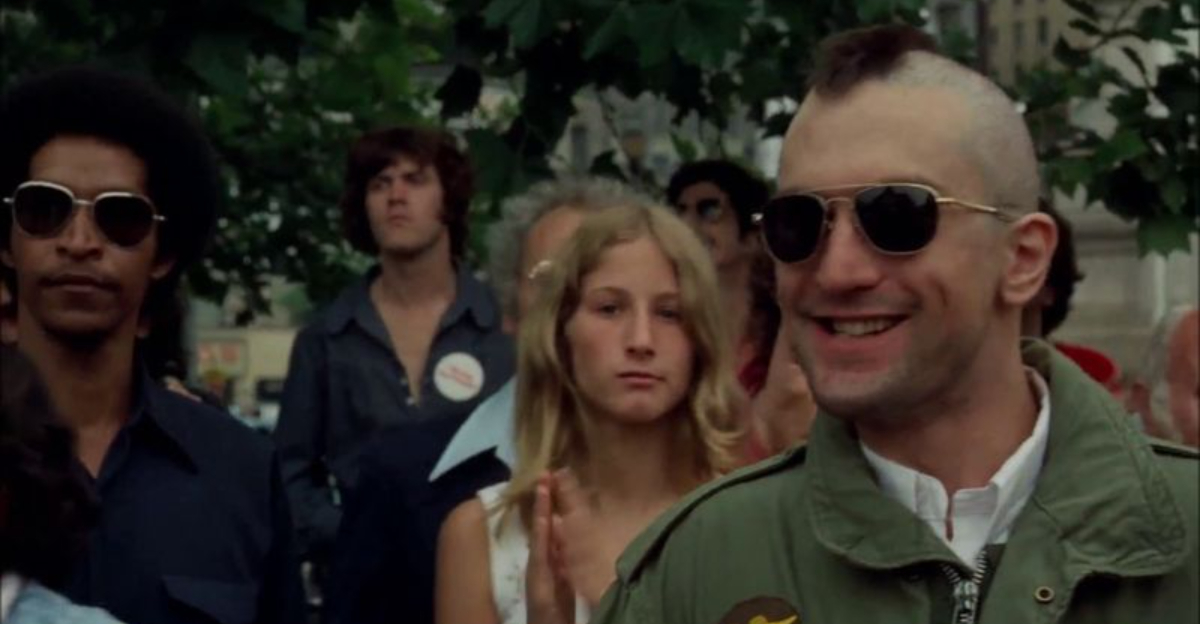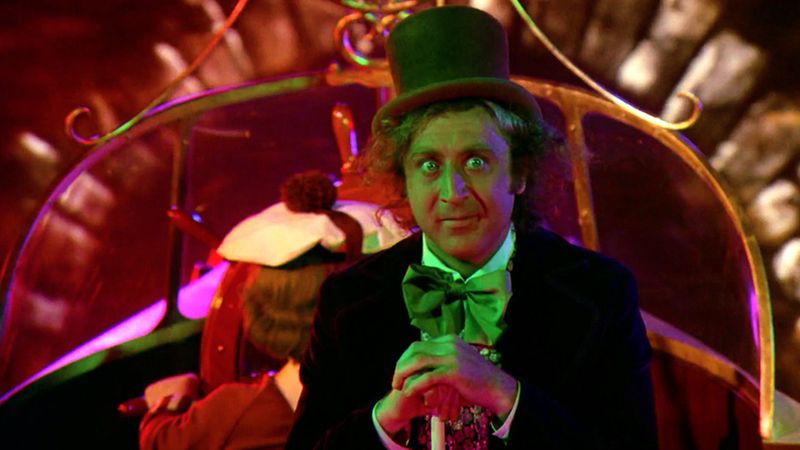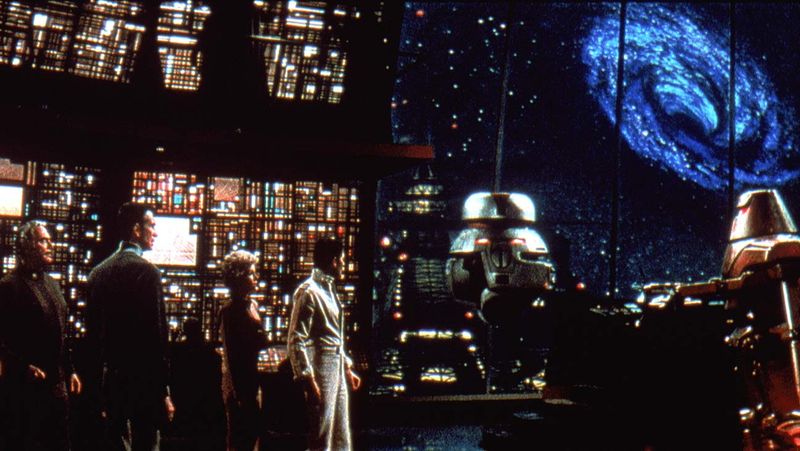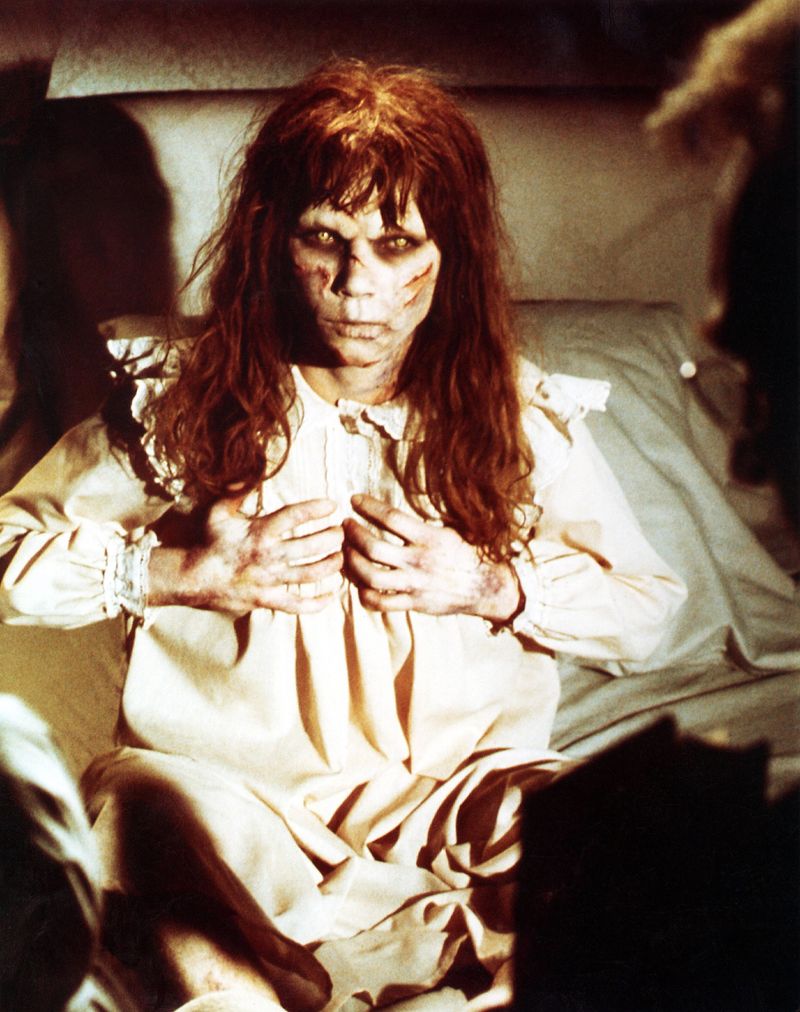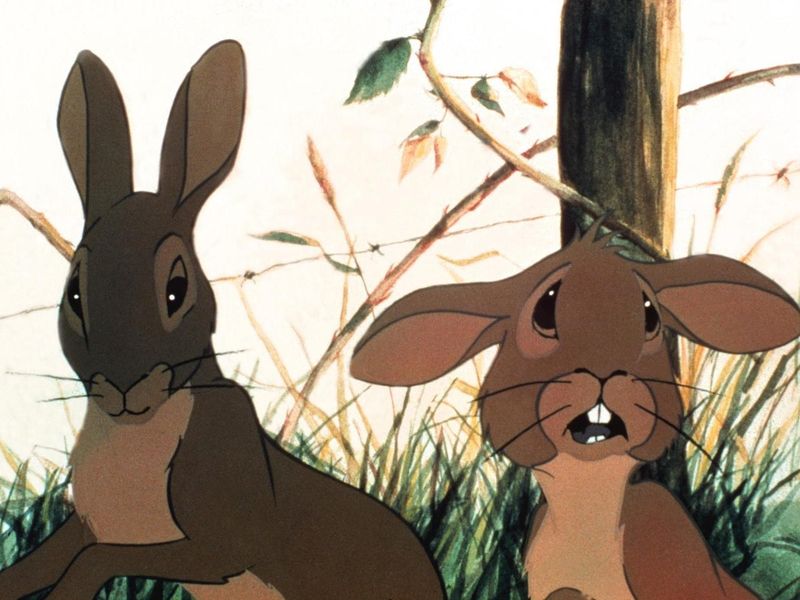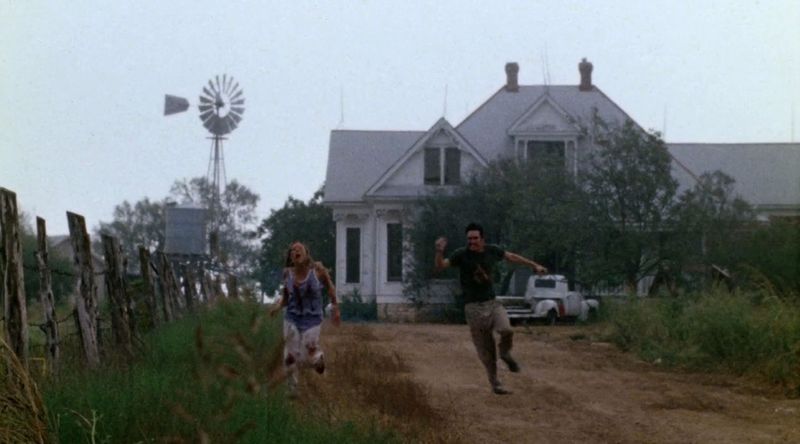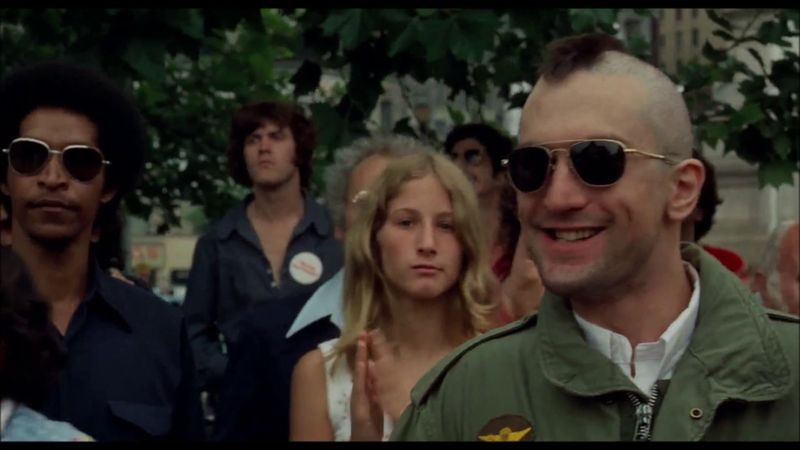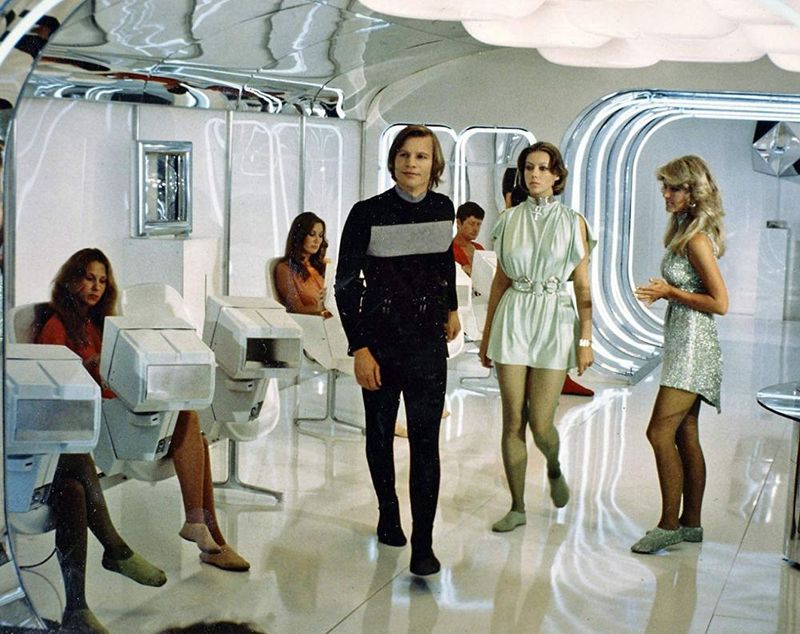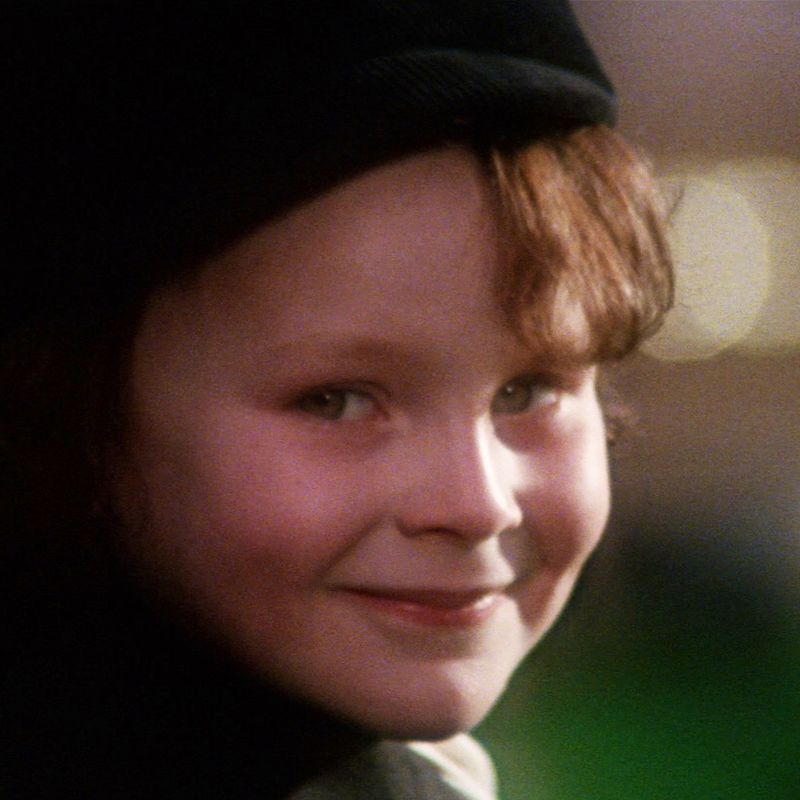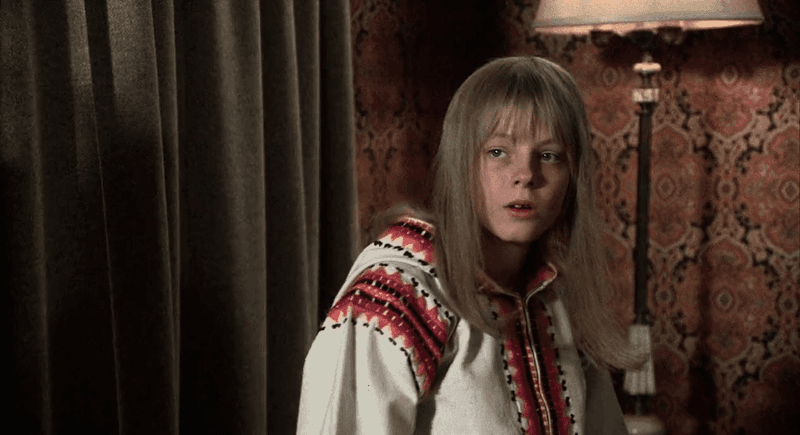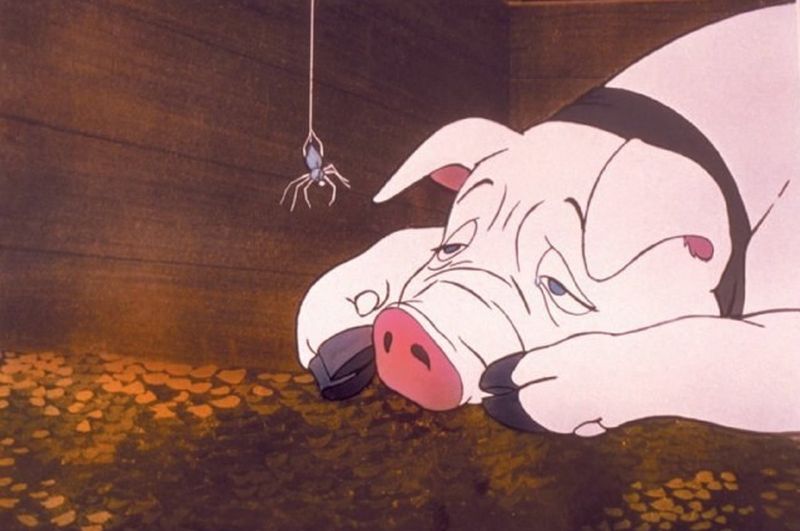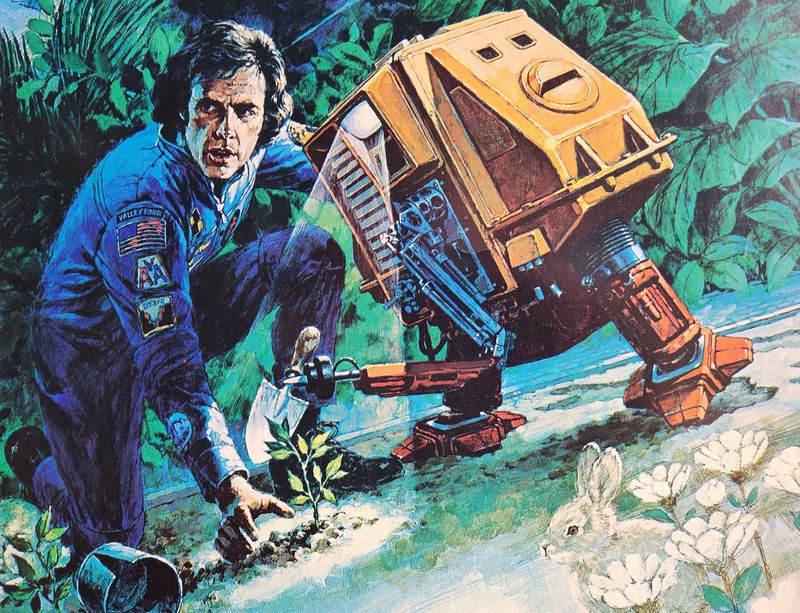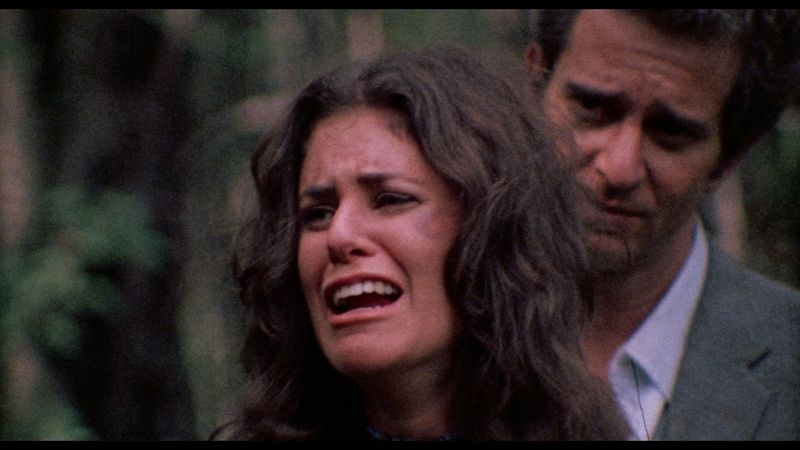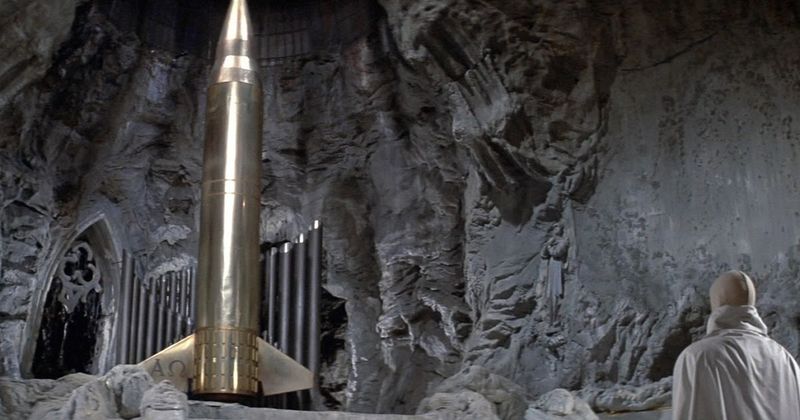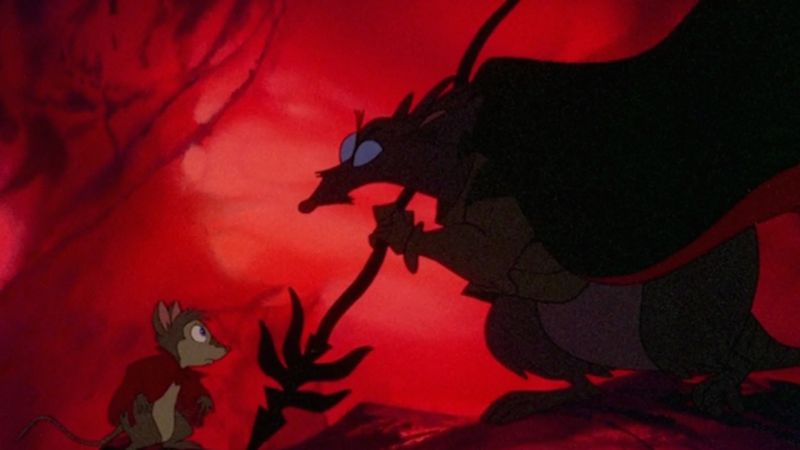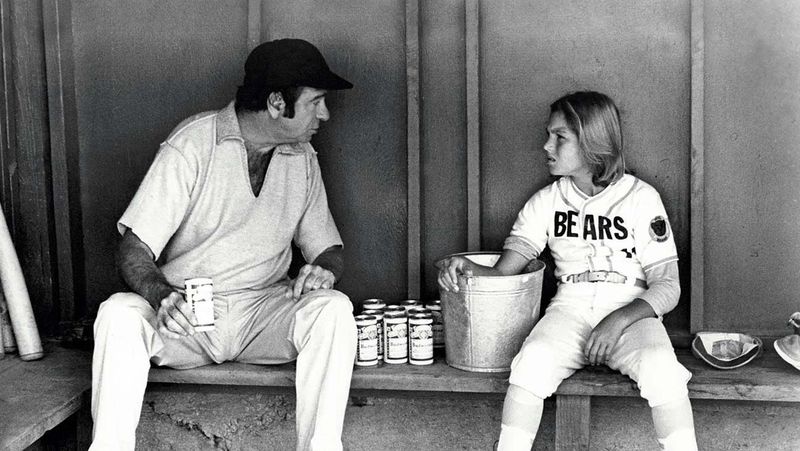The 1970s gave us some of cinema’s most beloved films, but beneath their surface lay darker truths that many viewers completely missed.
What seemed like innocent entertainment often contained disturbing themes, psychological horror, and social commentary that went right over our heads.
Looking back with adult eyes, these movies reveal themselves as far more sinister than anyone realized at the time.
1. Willy Wonka & the Chocolate Factory (1971)
Gene Wilder’s performance as the eccentric candy maker seemed delightfully whimsical to children everywhere. Adults focused on the colorful sets and catchy songs while missing the psychological manipulation happening on screen. Wonka systematically eliminates children through elaborate death traps disguised as magical experiences. Each room becomes a torture chamber where greed, gluttony, and disobedience are punished with potentially fatal consequences. The boat tunnel sequence alone contains imagery that would make horror directors jealous. Wilder’s unpredictable mood swings and calculated cruelty reveal a character who enjoys watching children suffer for their moral failings.
2. The Black Hole (1979)
Disney’s venture into science fiction appeared to be standard space adventure fare for families. The colorful robots and special effects masked one of the most disturbing endings in cinema history. Dr. Reinhardt’s obsession with crossing into the black hole represents humanity’s dangerous pursuit of forbidden knowledge. His crew of lobotomized humans serves as a chilling metaphor for fascist control and the loss of free will. The final sequence literally depicts characters entering what appears to be hell itself. Disney created an existential nightmare about damnation and the price of scientific hubris that traumatized unsuspecting young viewers.
3. The Exorcist (1973)
While marketed as a horror film, audiences weren’t prepared for the cultural trauma this movie would inflict. The graphic depictions of possession went beyond entertainment into genuine psychological assault. Religious viewers faced a crisis of faith as sacred symbols were desecrated on screen. The film forced audiences to confront questions about evil, suffering, and the apparent powerlessness of traditional faith. Many teenagers experienced their first encounter with true blasphemy and sexual violence through Regan’s possession. The movie became a rite of passage that left lasting psychological scars on an entire generation of viewers.
4. Watership Down (1978)
Animation typically signals family-friendly content, but this rabbit tale delivered brutal violence that caught parents completely off guard. The hand-drawn artwork couldn’t soften the psychological impact of watching animals die horribly. Rabbits fight with claws and teeth, leaving bloody wounds and corpses scattered throughout the film. The destruction of their original warren serves as a metaphor for environmental destruction and genocide. Children expecting a Disney-style adventure instead witnessed themes of totalitarianism, religious extremism, and survival horror. The movie’s unflinching portrayal of nature’s cruelty created lasting trauma disguised as wholesome entertainment.
5. The Texas Chain Saw Massacre (1974)
Shot with documentary-style realism, this film felt disturbingly authentic rather than safely fictional. The grainy 16mm film stock and natural lighting created an atmosphere of genuine dread that Hollywood productions couldn’t match. Tobe Hooper’s decision to eliminate musical scoring forced audiences to experience pure, unfiltered terror. Every sound becomes magnified, from chainsaw engines to victims’ screams echoing through the Texas heat. The cannibal family represents the dark underbelly of rural America during economic decline. Their isolation and madness reflect societal fears about poverty, mental illness, and the breakdown of traditional communities.
6. Taxi Driver (1976)
Martin Scorsese crafted a character study so subtle that audiences missed Travis Bickle’s complete psychological breakdown. His transformation from lonely cabbie to potential assassin unfolded gradually, hiding in plain sight. The relationship between Travis and twelve-year-old Iris revealed uncomfortable truths about exploitation and savior complexes. Adult viewers focused on the action while missing the disturbing sexual undertones. Robert De Niro’s method acting created a character so believable that real-life stalkers would later use the film as inspiration. The movie’s exploration of urban alienation and mental illness proved prophetically dangerous.
7. Logan’s Run (1976)
Futuristic costumes and disco-era aesthetics disguised a story about government-sanctioned murder of anyone reaching age thirty. The colorful dome city masked systematic genocide presented as utopian progress. Citizens willingly participate in their own execution through the ritual of Carousel, believing death leads to renewal. This represents the ultimate triumph of propaganda over self-preservation instincts. The film’s exploration of ageism and disposable human life proved eerily prescient. Modern audiences can recognize parallels to contemporary debates about healthcare, retirement, and society’s treatment of elderly populations.
8. The Omen (1976)
Damien appears as an innocent child, but the film systematically reveals the horror of raising the Antichrist. Each death surrounding the boy follows a pattern of inevitable damnation that parents couldn’t escape. The movie explores themes of predestination and free will through Robert Thorn’s impossible choices. Every attempt to protect his family only fulfills the prophecy he’s trying to prevent. Religious symbolism throughout the film creates layers of meaning that become more disturbing with each viewing. The horror lies not in jump scares but in the gradual realization that evil has already won.
9. The Little Girl Who Lives Down the Lane (1976)
Jodie Foster’s performance as Rynn seemed like typical teenage rebellion, but the film gradually reveals much darker secrets. Her isolation and adult behavior hint at psychological trauma that audiences initially missed. The movie deals with themes of child abuse, murder, and survival that were unprecedented for films featuring young protagonists. Rynn’s relationship with older men creates uncomfortable power dynamics throughout the story. Martin Sheen’s predatory character represents real-world dangers that many parents preferred to ignore. The film’s exploration of how children cope with adult evil remains deeply unsettling decades later.
10. Charlotte’s Web (1973)
E.B. White’s beloved story seemed perfect for animation, but the film doesn’t shy away from its central theme of mortality. Charlotte’s death hits children with their first real experience of grief and loss. The barnyard setting masks discussions about the meat industry and humanity’s relationship with animals we claim to love. Wilbur’s near-death experience forces young viewers to confront uncomfortable truths about food production. The spider’s sacrifice for friendship becomes a meditation on the meaning of life and death. Many children left theaters crying, having experienced their first existential crisis disguised as wholesome entertainment.
11. Silent Running (1972)
Bruce Dern’s character Freeman commits murder to protect the last remaining forests in space. His environmental activism crosses into eco-terrorism as he kills fellow crew members without hesitation. The film presents a future where Earth’s natural environment has been completely destroyed. Freeman’s isolation with only robot companions leads to complete psychological breakdown and paranoid delusions. Douglas Trumbull’s direction creates a claustrophobic atmosphere that mirrors Freeman’s mental state. The movie’s environmental message becomes secondary to its exploration of loneliness, obsession, and the dangerous extremes of ideological thinking.
12. The Last House on the Left (1972)
Wes Craven’s directorial debut crossed lines that mainstream horror hadn’t dared approach. The film’s raw, almost documentary-style violence felt disturbingly real rather than safely fictional. Parents seeking revenge for their daughter’s murder become as savage as the criminals they’re hunting. The movie questions whether justice and vengeance are actually different concepts. The low budget and guerrilla filmmaking techniques created an atmosphere of genuine menace. Audiences expecting typical horror thrills instead encountered exploitation cinema that challenged their moral assumptions about violence and retribution.
13. Beneath the Planet of the Apes (1970)
The sequel to the beloved original film took audiences into much darker territory. Underground mutant humans worship an atomic bomb as their god, representing humanity’s suicidal relationship with nuclear weapons. Charlton Heston’s Taylor dies in the film’s apocalyptic ending, triggering nuclear destruction of the entire planet. Children expecting adventure instead witnessed complete annihilation of all life on Earth. The movie’s anti-war message was delivered through graphic violence and hopeless nihilism. The film essentially argues that humanity’s aggressive nature makes extinction inevitable, a message that traumatized young viewers.
14. The Secret of NIMH (1982)
Don Bluth’s animation style seemed Disney-friendly, but the story dealt with laboratory experimentation on animals. The rats’ intelligence came from painful medical procedures that created psychological trauma. Mrs. Brisby’s journey reveals a world where science creates monsters through torture and genetic manipulation. The NIMH laboratory represents humanity’s callous treatment of other species for research purposes. The film’s dark imagery and themes of death, sacrifice, and scientific ethics were unprecedented in animated features. Children expecting fairy tale magic instead encountered body horror and existential dread wrapped in beautiful animation.
15. The Bad News Bears (1976)
Walter Matthau’s alcoholic coach seemed like harmless comic relief, but the film actually depicted systematic child abuse disguised as sports comedy. His drinking problem and verbal cruelty toward children went largely unnoticed. The movie’s casual racism and sexism reflected societal attitudes that audiences accepted without question. Jokes about minorities and women revealed uncomfortable truths about American culture during the 1970s. The children’s behavior mirrors adult dysfunction, suggesting that society’s problems are being passed to the next generation. What seemed like innocent fun actually presented a scathing critique of American values and parenting failures.
